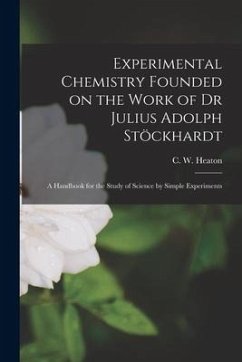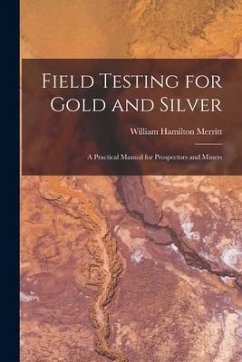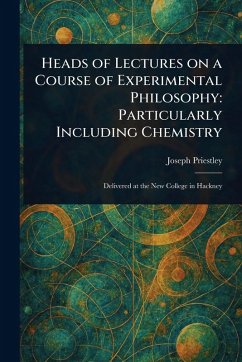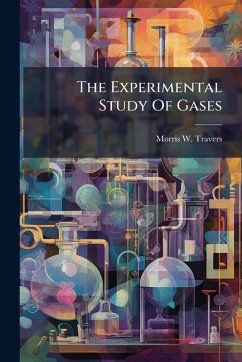
Experimental Relations Of Gold (and Other Metals) To Light

PAYBACK Punkte
7 °P sammeln!
"Experimental Relations Of Gold (and Other Metals) To Light" by Michael Faraday explores the interaction between light and various metals, with a particular focus on gold. This scientific paper delves into the experimental investigations conducted by Faraday, examining the optical properties of metals and their behavior under different lighting conditions. It offers insights into the relationship between material composition and optical phenomena, contributing to the field of materials science and physics. This work remains relevant for researchers and students interested in the history of sci...
"Experimental Relations Of Gold (and Other Metals) To Light" by Michael Faraday explores the interaction between light and various metals, with a particular focus on gold. This scientific paper delves into the experimental investigations conducted by Faraday, examining the optical properties of metals and their behavior under different lighting conditions. It offers insights into the relationship between material composition and optical phenomena, contributing to the field of materials science and physics. This work remains relevant for researchers and students interested in the history of science, the properties of metals, and the fundamental principles of light interaction. This work has been selected by scholars as being culturally important, and is part of the knowledge base of civilization as we know it. This work was reproduced from the original artifact, and remains as true to the original work as possible. Therefore, you will see the original copyright references, library stamps (as most of these works have been housed in our most important libraries around the world), and other notations in the work. This work is in the public domain in the United States of America, and possibly other nations. Within the United States, you may freely copy and distribute this work, as no entity (individual or corporate) has a copyright on the body of the work. As a reproduction of a historical artifact, this work may contain missing or blurred pages, poor pictures, errant marks, etc. Scholars believe, and we concur, that this work is important enough to be preserved, reproduced, and made generally available to the public. We appreciate your support of the preservation process, and thank you for being an important part of keeping this knowledge alive and relevant.



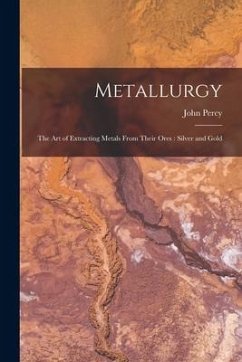
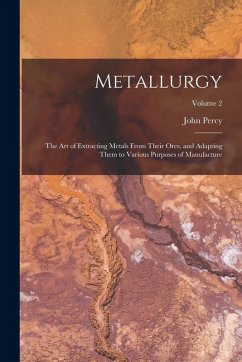
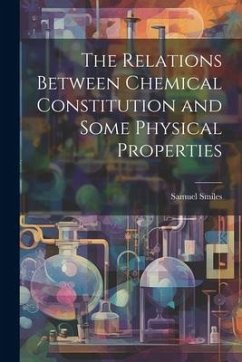
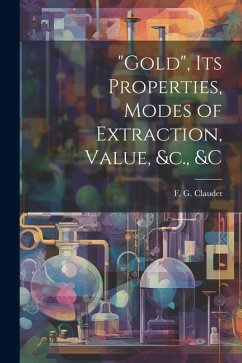
![Elementary Experimental Chemistry [microform] Cover Elementary Experimental Chemistry [microform]](https://bilder.buecher.de/produkte/66/66154/66154924n.jpg)
![Experimental Chemistry for Junior Students [microform] Cover Experimental Chemistry for Junior Students [microform]](https://bilder.buecher.de/produkte/66/66194/66194083n.jpg)
